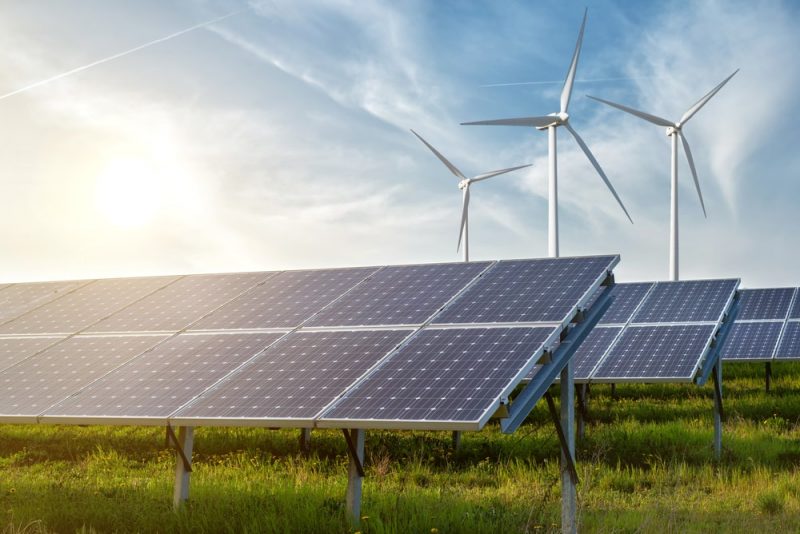The natural resources They are all those goods obtained directly from nature, without the intervention of man. These resources, such as air, water, minerals or light, are essential for life on planet Earth, this is for animals, plants and human beings. According to its durability, we will have renewable and non-renewable natural resources.
The renewable resources they are renewed naturally and at a much more significant rate than non-renewable ones. For instance: the sun, the wind, the paper. In this way, neither the current generation nor the future ones run the risk of lacking them at some point. However, this does not mean that renewable resources can be used indiscriminately.
For example, with the case of wood, although it is true that new trees can be planted or grown to replace those felled, if the felling occurs at very extreme speeds, there could be shortages, and certain ecosystems can be damaged. That is why even in these cases there must be planning.
Examples of renewable resources

Some examples of renewable natural resources could be the following:
- Sun. The sun is one of the most important energy resources and in fact it is the most inexhaustible of those that exist on our planet. That is why the use of solar energy is increasingly being promoted.
- Geothermal energy. Another inexhaustible resource is this source of energy, which is produced from the high temperatures that are generated inside planet Earth. The magnitude of this energy is equivalent to solar energy, hence its importance.
- Wind. Another natural resource that is inexhaustible and indispensable as a source of energy, which is captured through mills, is the wind.
- Biofuels. These energy-generating products are produced from alcohols derived from sugar cane or from different seeds and plants. In recent years they have become the alternative to diesel, which is exhaustible.
- Water. Another natural resource that is essential for the life of all living beings that inhabit planet Earth is water. And in addition, it is an energy source, thanks to the movements of the water masses. Its care is very important since the processes to purify it are expensive. While it is renewable, it is limited.
- Paper. From wood or even recycling it, paper is another resource that is easily renewed, so it could never be in short supply.
- The leather. Another good that is widely used by people and that is inexhaustible, which is why it continues to be an option to produce clothing and other products, is leather.
- Timber. From the felling of trees, wood can be obtained for the production of different goods, such as furniture. Now, as mentioned before, it is essential that felling is not compulsory, because it could exceed the time it takes to regenerate this product and thus, there is a risk that this useful and fundamental good is scarce.
- The tides. These changes in sea level as a consequence of the gravitational force of attraction are also inexhaustible. This resource is used in many communities to generate energy.
- Agricultural products. All those products that are obtained from agricultural activities, such as corn, soybeans, tomatoes or oranges, seem to be inexhaustible, as long as precautions are taken not to exhaust the soils.
Nonrenewable resources

Also known under the name of “Exhaustible”, These resources are those that, due to their qualities, cannot regenerate or, if they do, this occurs at a speed and in a proportion far below what is required to be able to take advantage of it. This happens for example with oil, which takes years to regenerate.
That is why their sustainable use is increasingly promoted, they are replaced by other resources and awareness is raised about this issue, since future generations could be in danger if measures are not taken in this regard. Other examples of non-renewable resources could be naphtha, natural gas, or even coal.
- continue in: Non-renewable resources
